Modern youth, accustomed to digital connectivity and structured activities, often find it hard to relate to the simplicity and resourcefulness that characterized their grandparents’ childhoods. We highlight the generational gap in experiences and lifestyles.
1. Using Rotary Phones
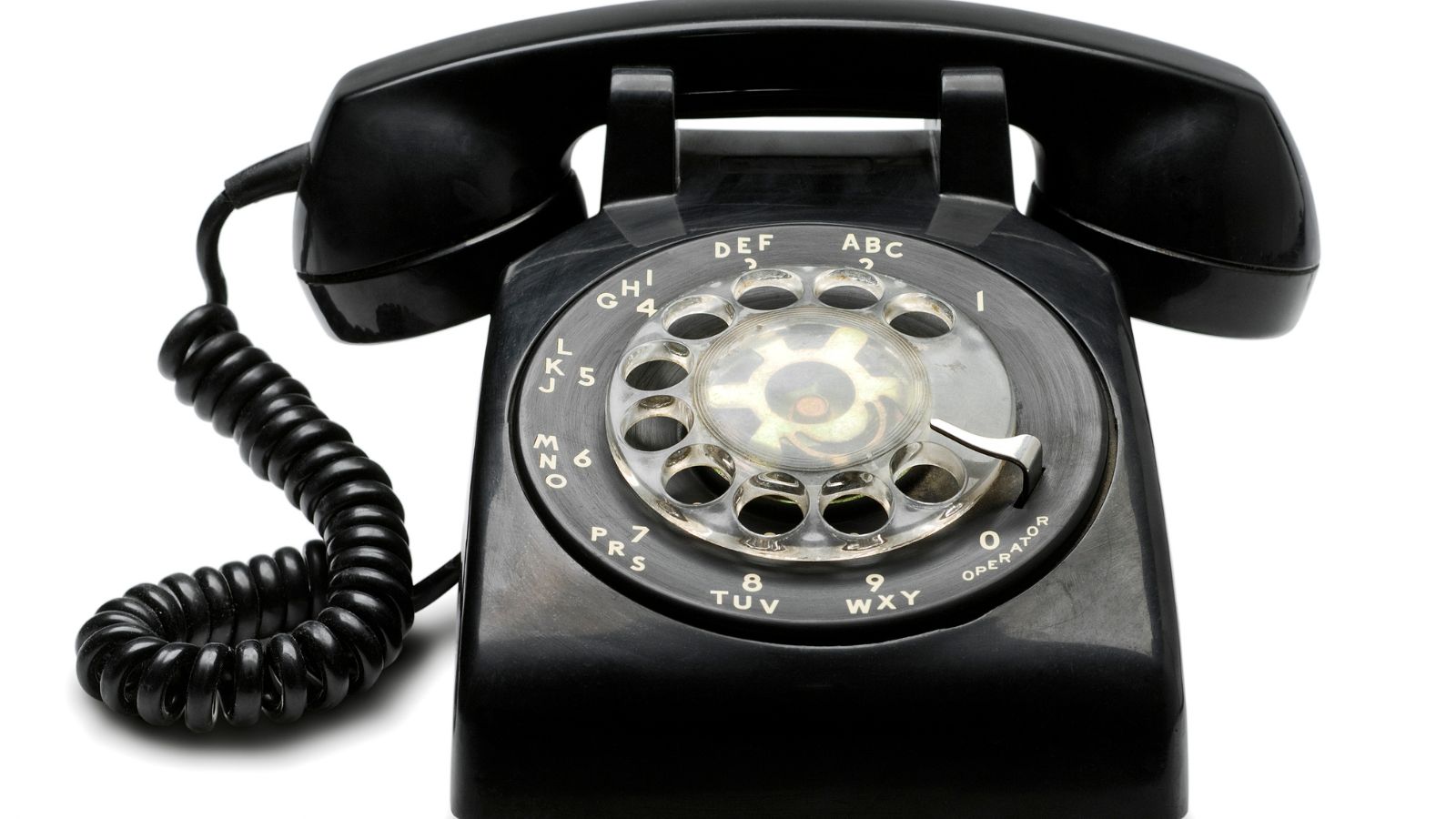
Rotary phones were a common fixture in boomer households. Unlike today’s sleek and compact smartphones, rotary phones had a circular dial with numbered holes. To dial a number, you had to physically rotate the dial to the corresponding number and let it spin back. Gen Z, accustomed to touchscreen interfaces and voice commands, may struggle to comprehend the patience required to make a simple phone call.
2. Rewinding Cassette Tapes

Boomers grew up in the era of cassette tapes, a portable music format before CDs and digital downloads took over. To listen to a particular song, you had to manually rewind or fast forward the tape until you reached the desired track. This time-consuming process involved estimating the right moment to stop, as there were no song titles displayed. Gen Z, with instant access to millions of songs on streaming platforms, will find it difficult to grasp the concept of manual song selection.
3. Using Encyclopedias for Research

Boomers remember the days when researching meant flipping through the pages of a large, printed encyclopedia. Before the advent of search engines like Google, encyclopedias were the go-to source for gathering information. Boomer children often spent hours combing through multiple volumes, taking notes and cross-referencing topics. Gen Z, accustomed to instant information at their fingertips, may struggle to appreciate the effort and dedication required to find answers in a world without search engines.
4. Typing with Typewriters

Before computers and word processors, typewriters were the primary tools for writing and document preparation. Boomers had to manually press the keys, which mechanically struck an inked ribbon against the paper, leaving a typed impression. Errors were corrected using correction fluid or erasable ribbons. Gen Z, accustomed to the ease of typing on laptops and smartphones with autocorrect features, may find it challenging to grasp the patience and precision required to produce error-free documents on a typewriter.
5. Watching Television Shows Live
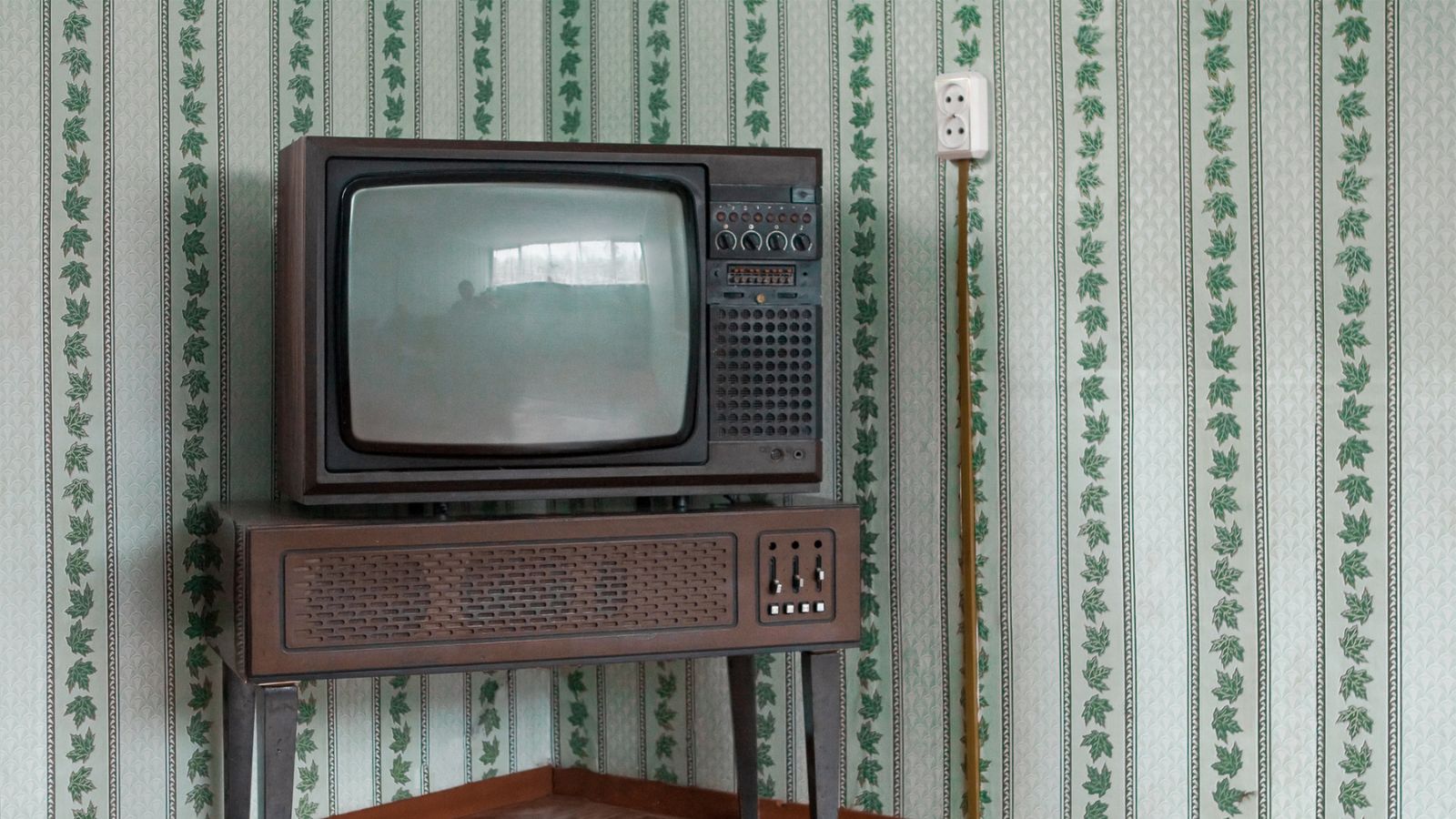
Boomers grew up without the luxury of on-demand streaming services or digital video recorders. They had to adjust their schedules to catch their favorite TV shows as they aired live, often planning their evenings around specific broadcast times. Missing an episode meant relying on reruns or discussing the episode with friends who watched it. Gen Z, accustomed to binge-watching entire series at their convenience, may struggle to understand the excitement and anticipation of gathering around the TV at a specific time for a shared viewing experience.
6. Riding Bicycles Without Helmets

In boomer childhoods, helmets were a rarity when it came to biking. It was common to see children pedaling down the street with the wind in their hair and no head protection. Safety standards have since evolved, and Gen Z has grown up in an era where wearing a helmet while cycling is not only encouraged but legally mandated in many places. The concept of riding without head protection might seem reckless and unfamiliar to the safety-conscious Gen Z.
7. Using Film Cameras

Boomers captured their memories on film cameras, which required the purchase of physical rolls of film. After snapping photos, the film had to be taken to a store for developing and printing. There was an element of surprise and anticipation in waiting to see how the photos turned out. Gen Z, accustomed to the instant gratification of smartphone cameras and digital uploads, may struggle to grasp the delayed satisfaction and limited number of shots inherent to film photography.
8. Reading Physical Books

Boomers grew up in a time when physical books were the primary source of knowledge and entertainment. They would spend hours immersed in the pages, feeling the weight of the book in their hands, and turning each page with anticipation. Gen Z, surrounded by e-books and audiobooks, may struggle to appreciate the tangible experience of reading a physical book and the joy of browsing through a library or bookstore.
9. Using Dial-Up Internet

Boomers experienced the early days of the internet, where connecting meant enduring the infamous screeching sounds of a dial-up modem. They had to patiently wait for the connection to establish, often disrupting phone lines in the process. Slow download speeds and frequent disconnections were the norm. Gen Z, accustomed to lightning-fast internet speeds and seamless connectivity, may find it difficult to fathom the challenges of the dial-up era.
10. Playing Outside Until the Streetlights Came On

Boomers fondly remember the freedom of spending hours outdoors, playing with friends and exploring the neighborhood until the streetlights illuminated the streets. They would engage in imaginative games, ride bikes, and create adventures without the constant supervision of adults. Gen Z, whose childhoods are often structured and monitored, may struggle to understand the sense of independence and community that came with playing outside until dusk.
11. Physical Photo Albums

Boomers cherished the tangible aspect of flipping through photo albums, reliving memories with friends and family, while Gen Z prefers the convenience of accessing and sharing photos instantly on their smartphones or through cloud-based services. The nostalgic appeal of physical photo albums may not resonate with Gen Z, who have grown up in a digital era where digital photo collections are the norm.
12. VCRs and VHS Tapes

Gen Z has grown up in a digital age where on-demand streaming platforms provide a more convenient and flexible way to watch movies and TV shows, making the concept of renting or purchasing VHS tapes outdated and unfamiliar to them. The physical limitations of VHS tapes, such as rewinding and fast-forwarding, are foreign to Gen Z, who are accustomed to seamless digital playback and skip-ahead options.
13. Paper Maps

Boomers relied on paper maps for navigation, while Gen Z uses GPS and digital maps on their smartphones for directions. The convenience and accuracy of digital maps have replaced the once common practice of unfolding and refolding paper maps to find directions.
14. Drive-In Theaters
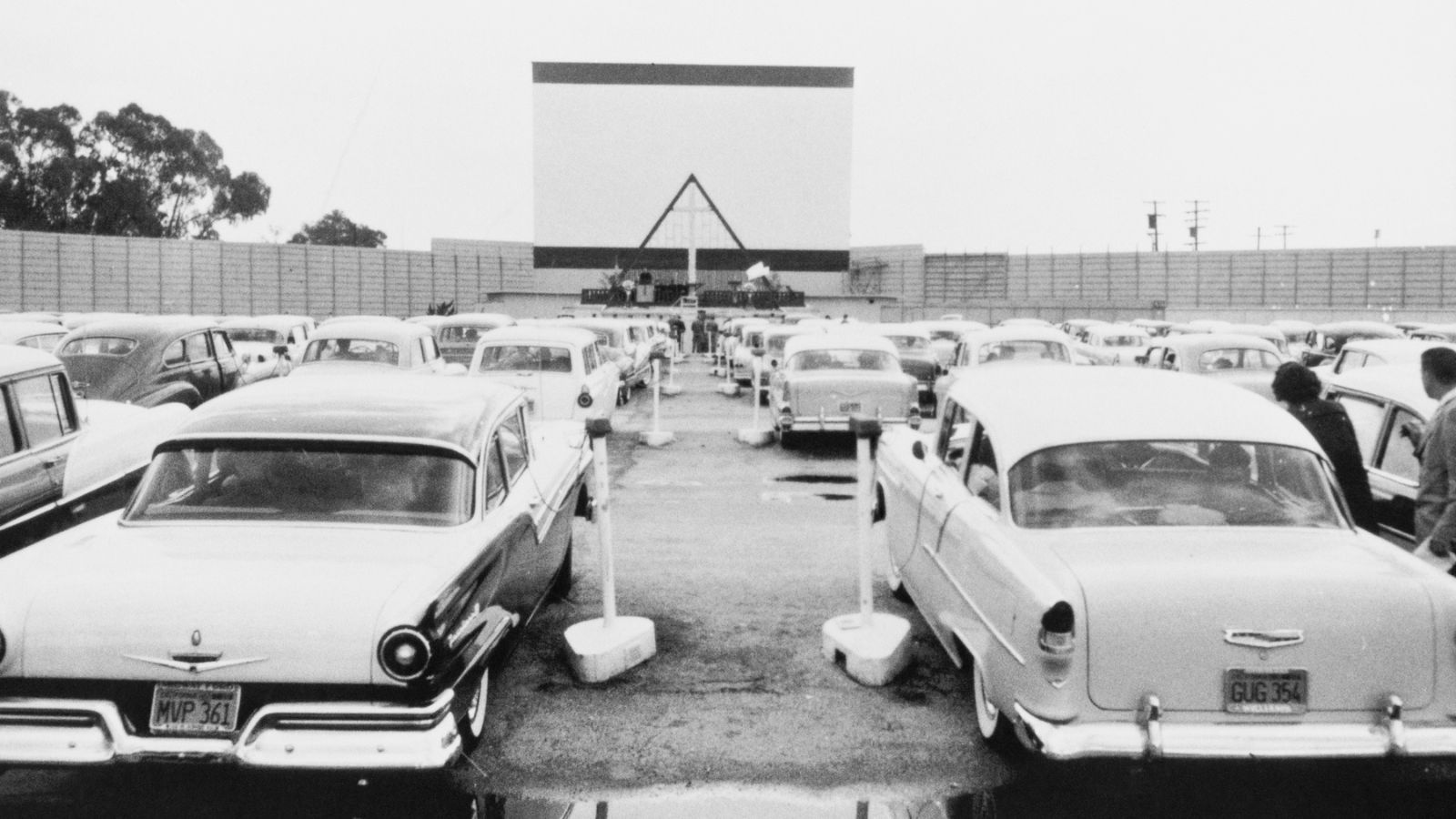
Watching movies at drive-in theaters was a popular pastime for Boomers, but the decline of these theaters means that Gen Z might not have experienced this unique cinematic experience.
15. Manual Car Windows

Manual car windows required physical effort and coordination, which is now replaced by modern technology in newer vehicles, making it an unfamiliar concept to Gen Z. The nostalgia attached to manual car windows reflects a bygone era of automotive design and reminds Boomers of a simpler time when such features were the norm.
16. Watching Shows on A Black and White TV
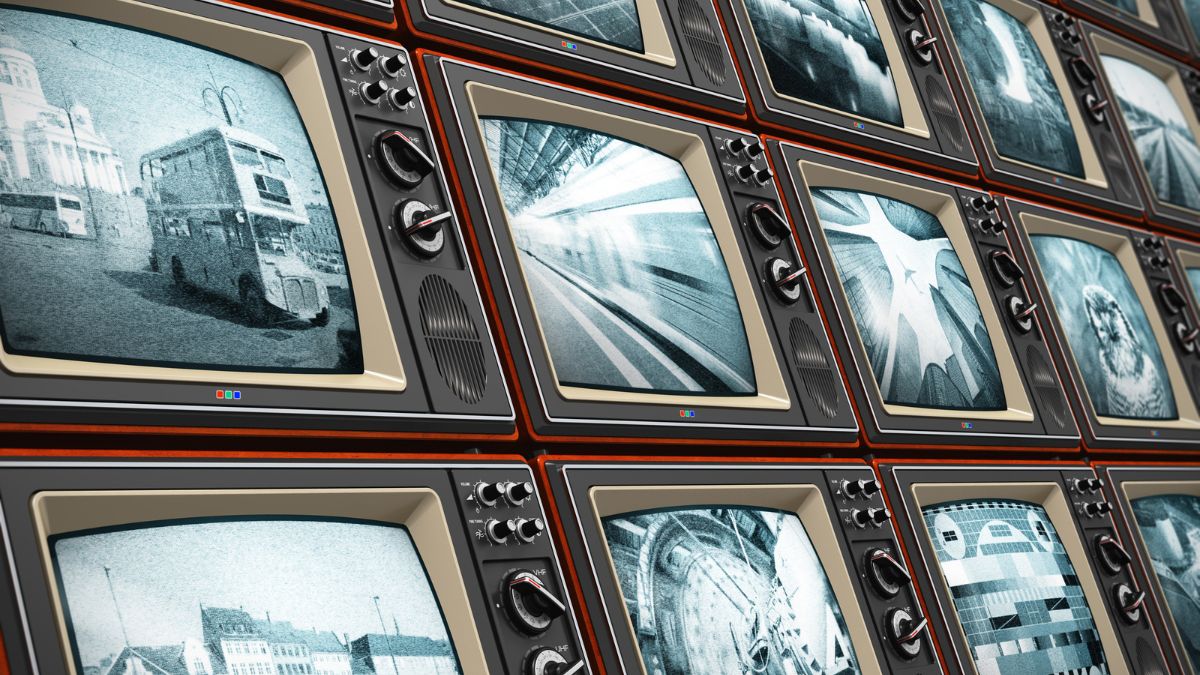
Before the era of high-definition screens and streaming services, baby boomers grew up with black-and-white televisions, which offered a limited number of channels. Changing channels meant physically getting up to turn a dial or adjust an antenna. The experience was vastly different from the on-demand, high-resolution content available today.
17. Writing Letters by Hand

In today’s world of instant messaging and emails, the idea of writing a letter by hand and sending it via traditional mail seems archaic. Baby boomers often experienced the anticipation and patience required for written communication.
18. Making Calls on a Phone Booth
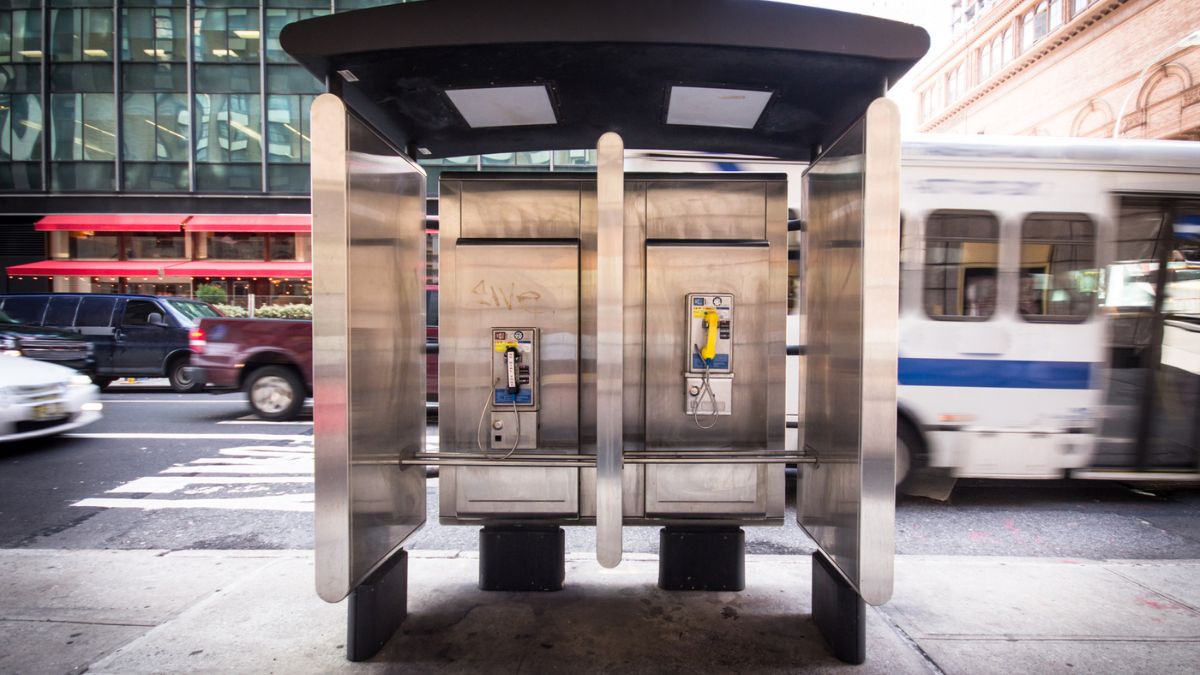
Before the era of mobile phones and the ubiquity of smartphones, public phone booths were a primary means of communication when someone was away from home. Finding a phone booth, having change on hand, and sometimes waiting in line to make a call were pretty common for baby boomers.
19. Using Vinyl Records for Music

Unlike the instant access to millions of songs through streaming services, baby boomers enjoyed their favorite music on vinyl records. They’d delicately place a needle on the record to play songs and had to flip the record to continue listening.
20. Hanging Clothes to Dry

Before dryers became so popular in homes, hanging clothes on a clothesline to dry was the norm. Baby boomers would use clotheslines, sometimes set up in the backyard, to air-dry clothes. This physical task and the wait for clothes to dry in natural air is a practice largely unfamiliar to the current generation.
50 Super Simple Side Hustle Ideas

50 Super Simple Side Hustle Ideas (& How to Make Them Work)
10 Frugal Lessons I Learned From Being Flat Out Broke

10 Frugal Lessons I Learned From Being Flat Out Broke
How To Make Money Without a Job

How To Make Money Without a Job
Creative Ways To Make Money

20 Easy Ways to Raise A Credit Score Fast



 Get more stories from Bento Bucks on money hacks and trending money news!
Get more stories from Bento Bucks on money hacks and trending money news!